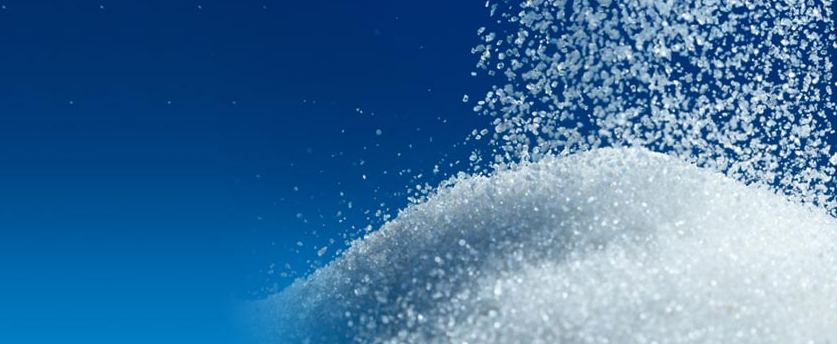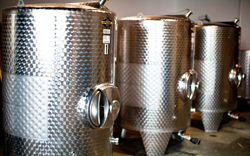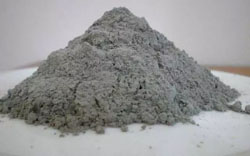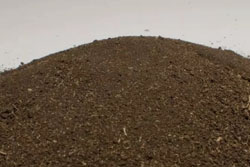

Bhairavnath Sugar Works Limited operates with five factories/units located at: Sonari (Unit I), Vihal (Unit II), Lavangi (Unit III), Washi (Unit IV), and Alegaon (Unit V), with a total crushing capacity of 12,250 TCD (Tonnes Crushing Per Day).
The Company began commercial production in 2008-09 at Sonari with a 2500 TCD Sugar plant, now upgraded to 3500 TCD. Additional 2500 TCD plants were established at Vihal (2011-12) and Lavangi (2014-15).
In 2012-13, a collaboration with Shivshakti Shetkari Sahakari Sakhar Karkhana Ltd., Washi was initiated for a 1250 TCD plant, later expanded to 2500 TCD in 2013-14. A new 2500 TCD plant at Alegaon was acquired in 2017-18.
Sugar production at our plants is carried out under stringent quality control using modern equipment and technology:
At Bhairavnath Sugar Works Limited, we produce premium quality white crystal sugar in the following grades:

The Government of India has actively promoted the co-generation of power from bagasse, aiming to improve returns for sugar factories and contribute to electricity generation. Bhairavnath Sugar Works Limited utilizes bagasse — a by-product of sugarcane — to generate power primarily for captive consumption.
In this process, bagasse is burned in boilers to produce steam. The steam generated through bagasse-fired water-tube boilers is fed to turbines for power generation, and the exhaust steam is then used in the sugar manufacturing process. This dual use of steam — for power generation and sugar processing — is known as co-generation.
Bhairavnath Sugar Works Limited places a strategic focus on co-generation, especially as the nationwide demand for electricity continues to rise. Bagasse, being rich in calorific value, serves as an excellent non-conventional renewable fuel source.
The company operates four power plants located at Sonari, Vihal, Lavangi, and Alegaon units, with a total power generation capacity of 53 MW. The co-generation plant at Sonari was established in 2008-09 with a capacity of 14.5 MW. This was followed by Vihal (12 MW) in 2011-12, Lavangi (14.5 MW) in 2013-14, and Alegaon (12.5 MW).
Out of the total power generated, 11 MW is utilized internally, while the remaining is sold to Maharashtra State Electricity Distribution Company Limited (MSEDCL) under an Energy Purchase Agreement (EPA).
The co-generation plants operate during both the sugarcane crushing season and the off-season, utilizing saved bagasse to ensure continuous power generation.
For sugar factories like Bhairavnath Sugar Works Limited, co-generation offers multiple benefits:

Molasses, the by-product generated during the manufacture of sugar, is fermented and distilled to manufacture various alcohol variants.
The policies for setting up Ethanol plants are becoming increasingly supportive both at the Centre and in Maharashtra. Recently, the Ministry of Petroleum and the Indian Sugar Mills Association (ISMA) signed a MoU to supply alcohol from sugar mills to petroleum companies. Earlier restrictions have been lifted, and a 5% ethanol blending is now mandatory for oil companies. Around 40% of alcohol produced is used for potable purposes, while the remaining 60% serves industrial and ethanol needs.
Utilizing molasses for ethanol production not only adds value but also ensures better price stability and realization for sugar mills. This enhances their viability and ultimately benefits cane growers.
Bhairavnath Sugar Works Limited has ambitious plans in this domain—not just as a business opportunity, but also to promote the green energy that ethanol offers.
The company has established a 30 KLPD ethanol plant alongside a dedicated boiler and turbine to provide steam and power for the plant. The facility is located at Sonari, Taluka Paranda, District Osmanabad, Maharashtra.
This integrated project will use molasses as the main raw material. A separate boiler and turbine will meet the plant's energy requirements. With excellent irrigation in the command area, raw material supply is ensured. The 30 KLPD plant will employ advanced fermentation, multi-pressure distillation systems, bio-gas recovery, evaporation, and composting.

Fly Ash is the residual output from the boiler furnace after bagasse has completely burnt out.
This bagasse ash is generally spread over farms or dumped in ash ponds, which causes environmental problems. Research has also shown that workplace exposure to dusts from the processing of bagasse can lead to chronic lung conditions such as pulmonary fibrosis, more specifically known as bagassosis. Consequently, there is a great need for its reuse. Additionally, bagasse ash is high in silica, so it can be used as a substitute for construction materials.
Furthermore, this fly ash is used as a substitute for firewood. Being rich in potassium, it is also valued by local farmers for cultivation.

Molasses, from the Latin word melaceres, meaning "honey-like", is a thick dark syrup and an important by-product of the sugar industry.
During the sugar-making process, juice extracted from sugarcane or sugar beets is boiled down until the sugars crystallize and precipitate out. The only by-product obtained during repeated crystallization is this leftover syrup — molasses.
Molasses is mainly used for the manufacture of alcohol, yeast and cattle feed. Alcohol in turn is used to produce ethanol, rectified spirit, potable liquor and downstream value added chemicals such as acetone, acetic acid, butanol, acetic an-hydride, etc.

Press mud is commonly known as filter cake / press cake and is used as manure by the farmers. Press mud is the residue of the filtration of sugarcane juice. The clarification process separates the juice into a clear juice that rises to the top and goes to manufacture, and a mud that collects at the bottom.
It is combustible and also used in brick kilns for brick making. When mixed with the spent wash generated by the distilleries, the resultant product is enriched organic manure, which has the capability to improve yields in farms. The use of filter cake as a soil conditioner is common among sugar planters.

Bagasseis the residue obtained from crushing cane in the sugar factory. It contains 50% moisture & 2% sugar & the balance is fibre. Historically, bagasse waste has been burned in the fields, and thereby creating pollution. For each 10 tonnes of sugarcane crushed, a sugar factory produces nearly 3 tonnes of wet bagasse. By making use of bagasse sugar industry have been successful in reducing dependence on State Electric Boards, for their power supply as it can procure up to 90-95% of its total power requirement through captive generation from steam turbines.
Whereas bagasse is primarily used to meet the captive requirement of fuel, a substantial quantity of it can be saved and diverted for use in other industries. Inside a sugar plant, bagasse is generally used as a combustible in furnaces to produce steam, which in turn is used to generate power. The composition and quality of bagasse varies based on the variety of sugarcane, maturity of cane, method of harvesting and the efficiency of the sugar factory.
Bagasse is also used as a raw material by the paper industry. The manufacture of paper from Bagasse is an environment-friendly alternative over the conventional route of extracting pulp from trees. By adopting bagasse products, you indirectly help in reducing the pollution and energy consumption.